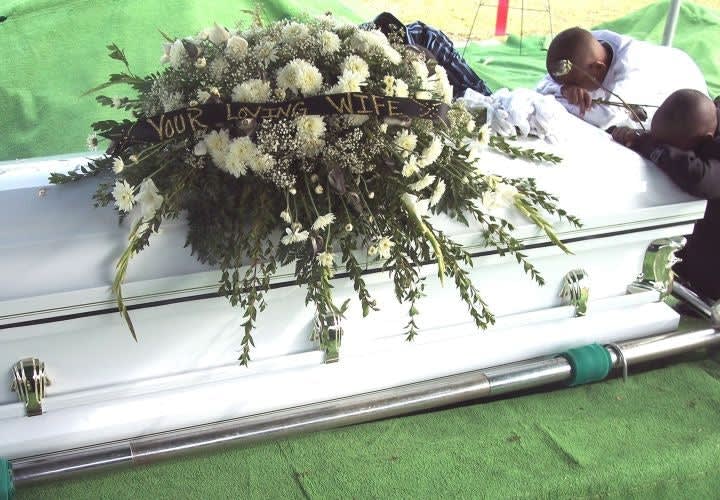I believe the reason Chuck Philips was willing to expose my reliable informant was that Robinson had given testimony in a deposition in which he identified Suge Knight, disgraced LAPD gang officers David Mack and Rafael Perez, and Mack's friend (also a former officer) Amir Muhammad. He implicated them in the murder of Brooklyn rapper Notorious B.I.G. (Christopher Wallace).
This deposition was given under seal because of the danger of possible retaliation posed from the police, other gang members and from the gangster-police security team employed by Mob Piru gang member Suge Knight and Death Row Records. But his sealed testimony was "leaked" to Chuck Philips.
Times staff reporter Chuck Philips had been covering the hip-hop murders of Tupac Shakur and Notorious B.I.G. But his reporting tended to discount allegations against CEO of Death Row Records Marion "Suge" Knight. Later when Compton, Inglewood and Los Angeles cops who worked for Suge were implicated, he attacked the credibility of these sources. According to some sources, the daughter of then LAPD Chief Bernard Parks was supposedly partying with the cops and Death Row crew.
But Chuck Philips did all he could to twist the witness statements, expose the sources and protect his pals at Death Row. His Los Angeles Times editors failed to see that obviously his view was biased. He wasn't being objective; he was selling papers.
As a result of the Times articles and Chuck Philips, Michael Robinson was attacked physically on more than one occasion. He was shot at, cut in the face and head with a razor, and his front teeth were knocked out. The assailants even mentioned the Times article during one attack. Robinson's life was in constant danger after the publication of the article, and the FBI and sheriff's department had to relocate him several times.












